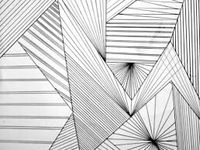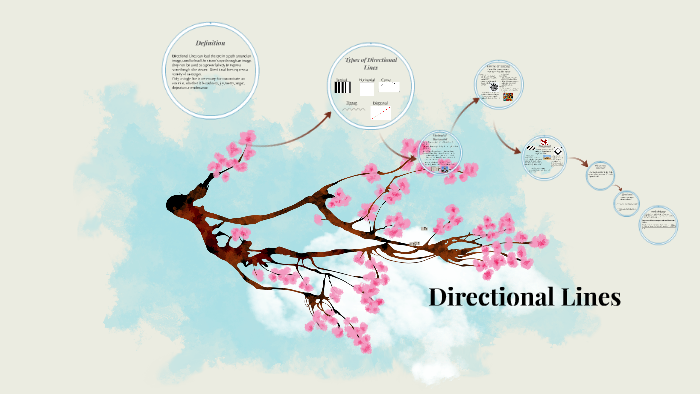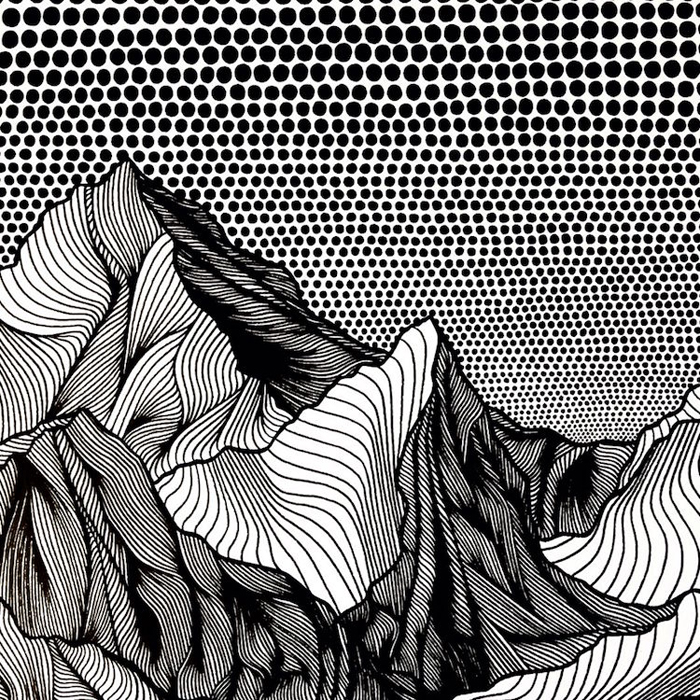Mastering Directional Lines in Art: A Creative Guide

Mastering directional lines in art is a transformative skill that can elevate your creative work from ordinary to extraordinary. Whether you're a beginner or an experienced artist, understanding how to use lines effectively can add depth, movement, and emotion to your pieces. Directional lines guide the viewer’s eye, create focal points, and convey storytelling elements in both abstract and realistic art. This guide will walk you through the essentials of directional lines, offering practical tips and techniques to enhance your artistic repertoire, directional lines in art, art composition techniques, drawing fundamentals.
Understanding Directional Lines in Art

Directional lines are more than just marks on paper; they are tools that shape the viewer’s experience. These lines can be straight, curved, or gestural, each serving a unique purpose in composition. By mastering directional lines, you can control the flow of energy within your artwork, making it dynamic or serene, depending on your intent, directional lines in art, line art techniques, artistic expression.
Types of Directional Lines

- Horizontal Lines: Evoke stability and calmness, often representing landscapes or resting points.
- Vertical Lines: Convey strength and formality, commonly used in architectural or portrait art.
- Diagonal Lines: Introduce movement and tension, ideal for creating action or guiding the eye.
- Curved Lines: Add fluidity and grace, perfect for organic shapes and natural elements.
How to Use Directional Lines Effectively

1. Create Focal Points
Use converging lines to draw attention to specific areas of your artwork. This technique is particularly effective in landscape and portrait art, where directing the viewer’s gaze is crucial, focal points in art, composition tips, art principles.
2. Convey Movement
Diagonal and curved lines can simulate motion, making your art feel alive. Experiment with gestural lines to capture the essence of movement in subjects like dancing figures or flowing water, movement in art, dynamic composition, artistic techniques.
3. Establish Mood and Emotion
The angle and flow of your lines can evoke emotions. For instance, sharp, jagged lines may create tension, while soft, flowing lines can convey tranquility, emotional art, mood in art, expressive techniques.
✨ Note: Practice drawing different types of lines to understand their emotional impact before incorporating them into your final pieces.
Tools and Materials for Line Work

The right tools can enhance your ability to create precise directional lines. Here’s a quick overview:
| Tool | Best For |
|---|---|
| Fine-tip Pens | Sharp, clean lines |
| Charcoal Sticks | Bold, expressive lines |
| Graphite Pencils | Versatile line weights |

Checklist for Mastering Directional Lines

- Study the types of directional lines and their effects.
- Practice drawing horizontal, vertical, diagonal, and curved lines.
- Experiment with tools to achieve different line qualities.
- Apply directional lines to create focal points and movement in your art.
- Analyze master artworks to see how directional lines are used effectively.
Mastering directional lines is a cornerstone of artistic expression. By understanding their types, effects, and applications, you can transform your art into a captivating visual narrative. Remember, practice is key—the more you experiment with lines, the more intuitive their use will become. Start incorporating these techniques today and watch your artwork come to life, directional lines in art, art mastery, creative skills.
What are directional lines in art?
+
Directional lines are marks used in art to guide the viewer’s eye, create movement, and convey emotions. They can be horizontal, vertical, diagonal, or curved, each serving a specific purpose in composition.
How do directional lines affect mood in art?
+
The angle and flow of directional lines can evoke different emotions. For example, sharp lines create tension, while soft, curved lines convey calmness and tranquility.
What tools are best for creating directional lines?
+
Fine-tip pens, charcoal sticks, and graphite pencils are excellent tools for creating precise and expressive directional lines in your artwork.


